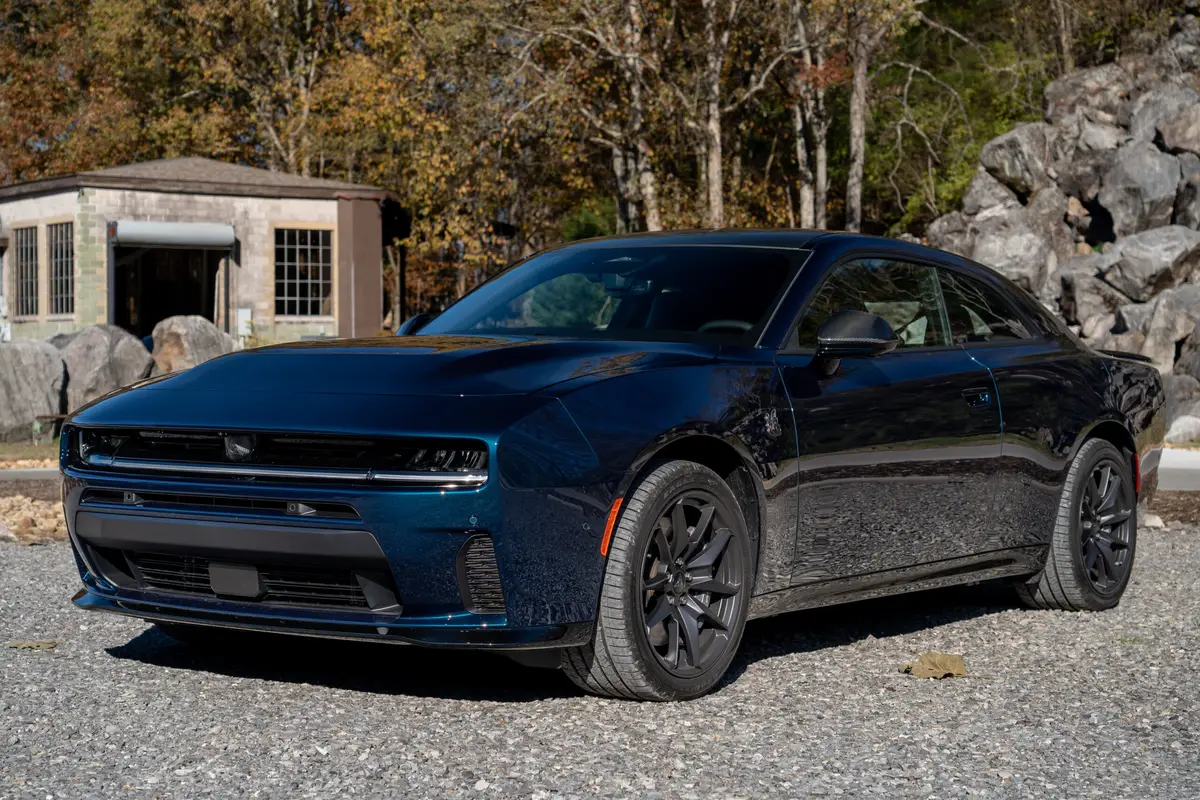How Do Car Seats Fit in a 2025 Kia EV9?

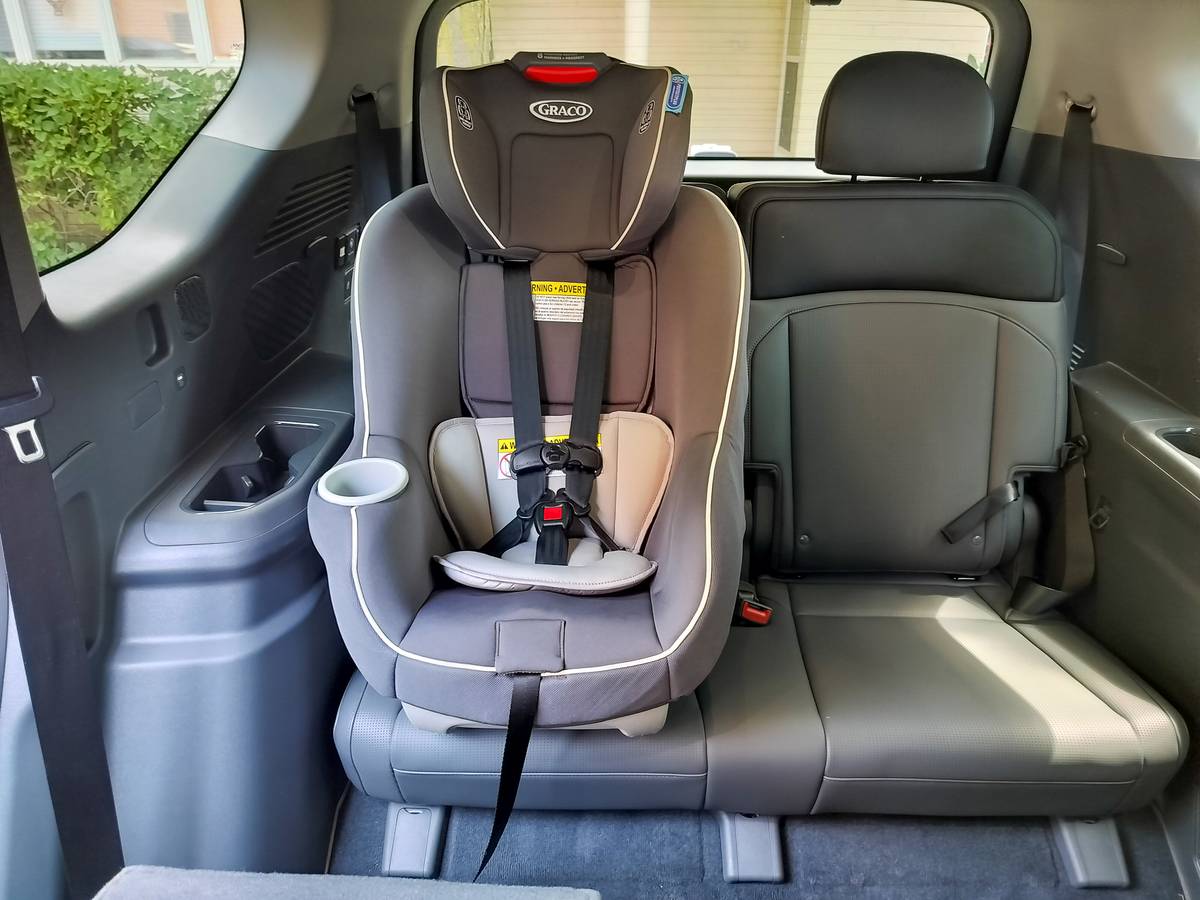
Editor’s note: This Car Seat Check was published in June 2024 about the 2024 Kia EV9; little has changed for 2025. See what’s new for 2025 or check out a side-by-side comparison of the model years.
Key Points
- The second row of the all-electric 2025 Kia EV9 three-row SUV performed very well in our Car Seat Check thanks to accessible anchors and ample legroom.
- The third row’s fixed head restraints and lack of legroom caused it to earn lower grades.
- We tested an uplevel GT-Line trim with second-row captain’s chairs.
- The three-row EV does not fit three car seats in its second row because of the captain’s chair seat configuration.
Take a look at how the Latch system and each car seat scored below in our Car Seat Check of the 2025 Kia EV9.
Related: Search Car Seat Checks

Latch: Grade A
In the second row, the two sets of lower anchors are partially exposed for easy connection. Two top tether anchors sit midway down the seatback and are clearly marked and easy to use.
Infant Seat: Grade A
We had no trouble installing the infant seat in the second row thanks to easy-access lower anchors and ample legroom.
Rear-Facing Convertible: Grade A
As with the infant seat, the rear-facing convertible was easy to install in the second row, and our 5-foot-6-inch front passenger had plenty of legroom in front of it.
Forward-Facing Convertible: Grade A
Again, in forward-facing mode, the convertible went in easily in the second row and fit well after we removed the head restraint. We had no trouble connecting to the top tether anchor on the seatback.
Booster Seat: Grade A
After removing the head restraint, the booster fit well in the second row. The EV9’s buckles sit on tall, stable stalks, so they should be easy for kids to grasp and use.
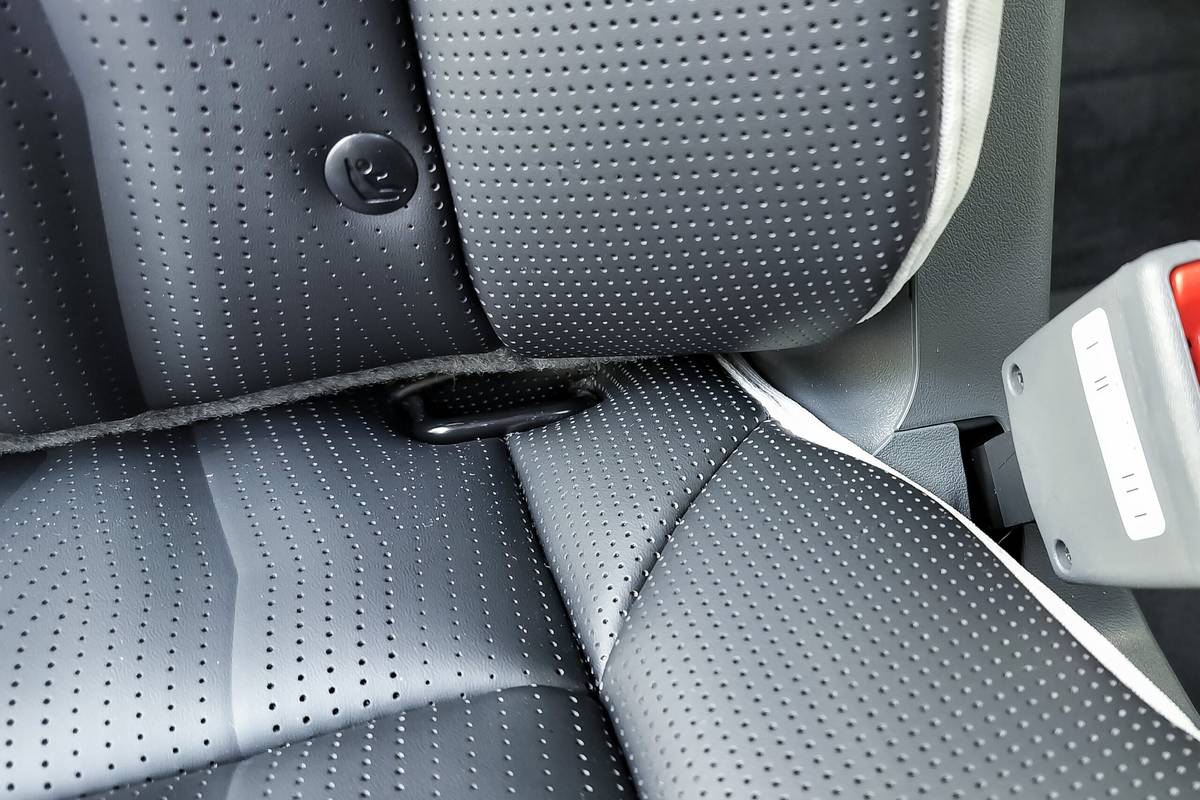
Third-Row Latch: Grade A
In the third row, there are two sets of exposed lower anchors; two top tether anchors sit a third of the way down the seatback. All anchors are easy to find and use.
Third-Row Entry: Grade C
The step-in height is tall, so those with shorter legs might need help. The GT-Line’s power seat slides out of the way to create an opening to the third row. It takes a long time to move out of the way (nine seconds, according to our test), and the resulting opening is small. Alternatively, there’s a small pass-through between the captain’s chairs.
Another editor tested the Land trim, which has manual second-row captain’s chairs; they moved out of the way much quicker.
Third-Row Forward-Facing Convertible: Grade B
We had no trouble connecting to the lower anchors or top tether anchor when installing this seat in the third row, but the fixed head restraint pushed the seat off the seatback; it should sit flush against it. Caregivers should also note that if a rear-facing car seat is installed in front of the convertible in the second row, there’s practically no third-row legroom.
Third-Row Booster Seat: Grade C
Again, we struggled to get a good fit against the seatback with the booster because of the third row’s fixed head restraints. Also, the buckles sink into cushions and are held in by straps, making them tricky for small hands to find and use independently. As with the convertible, caregivers should also note that if a rear-facing car seat is installed in front of the booster in the second row, there’s practically no third-row legroom.
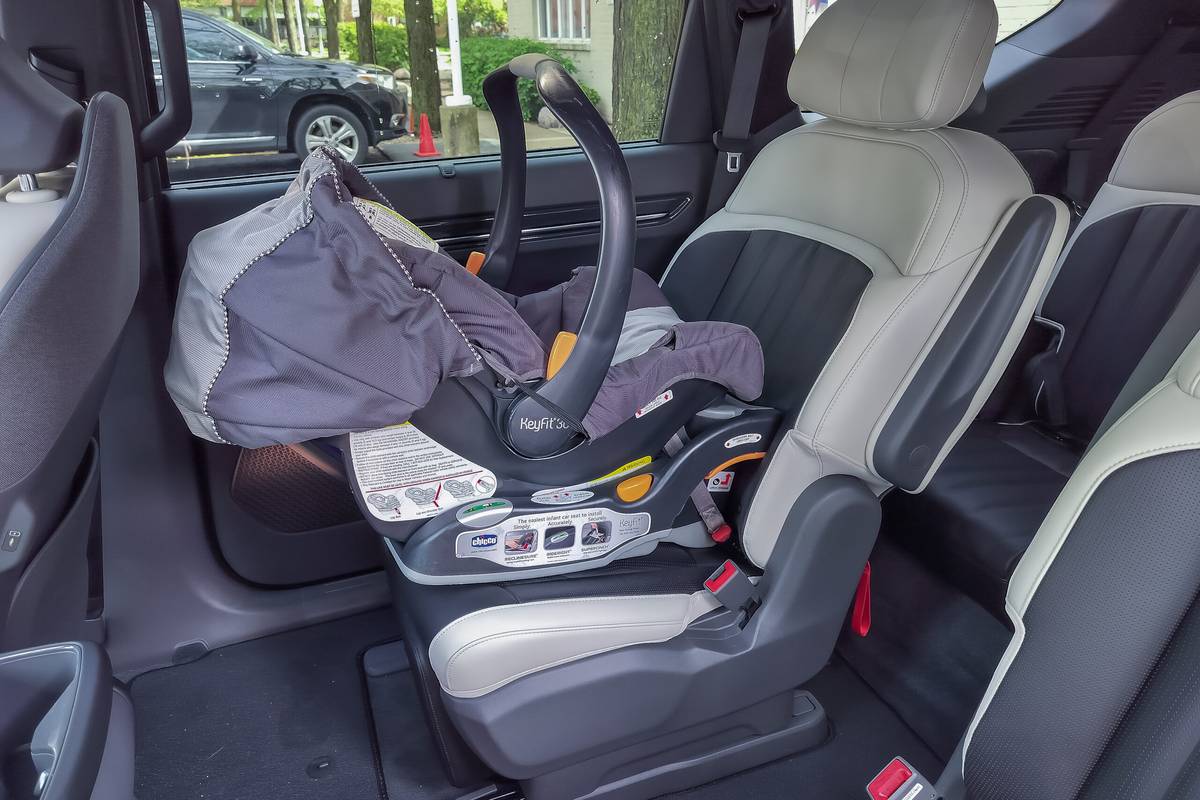
Grading Scale
A: Plenty of room for the car seat and the child; doesn’t impact driver or front-passenger legroom. Easy to find and connect to Latch and tether anchors. No fit issues involving head restraint or seat contouring. Easy access to the third row.
B: One room, fit or connection issue. Some problems accessing the third row when available.
C: Marginal room plus one fit or connection issue. Difficult to access the third row when available.
D: Insufficient room, plus multiple fit or connection issues.
F: Does not fit or is unsafe.
About Cars.com’s Car Seat Checks
Editors Jennifer Geiger and Jennifer Newman are certified child safety seat installation technicians.
For the Car Seat Check, we use a Chicco KeyFit 30 infant-safety seat, a Graco Contender 65 convertible seat and Graco TurboBooster seat. The front seats are adjusted for a 6-foot driver and a shorter passenger. The three child seats are installed in the second row. The booster seat sits behind the driver’s seat, and the infant and convertible seats are installed behind the front passenger seat.
We also install the forward-facing convertible in the second row’s middle seat with the booster and infant seat in the outboard seats to see if three car seats will fit; a child sitting in the booster seat must be able to reach the seat belt buckle. If there’s a third row, we install the booster seat and a forward-facing convertible. Learn more about how we conduct our Car Seat Checks.
Parents should also remember that they can use the Latch system or a seat belt to install a car seat, and that Latch anchors have a weight limit of 65 pounds, including the weight of the child and the weight of the seat itself.
Cars.com’s Editorial department is your source for automotive news and reviews. In line with Cars.com’s long-standing ethics policy, editors and reviewers don’t accept gifts or free trips from automakers. The Editorial department is independent of Cars.com’s advertising, sales and sponsored content departments.

News Editor Jennifer Geiger joined the automotive industry in 2003, much to the delight of her Corvette-obsessed dad. Jennifer is an expert reviewer, certified car-seat technician and mom of three. She wears a lot of hats — many of them while driving a minivan.
Featured stories
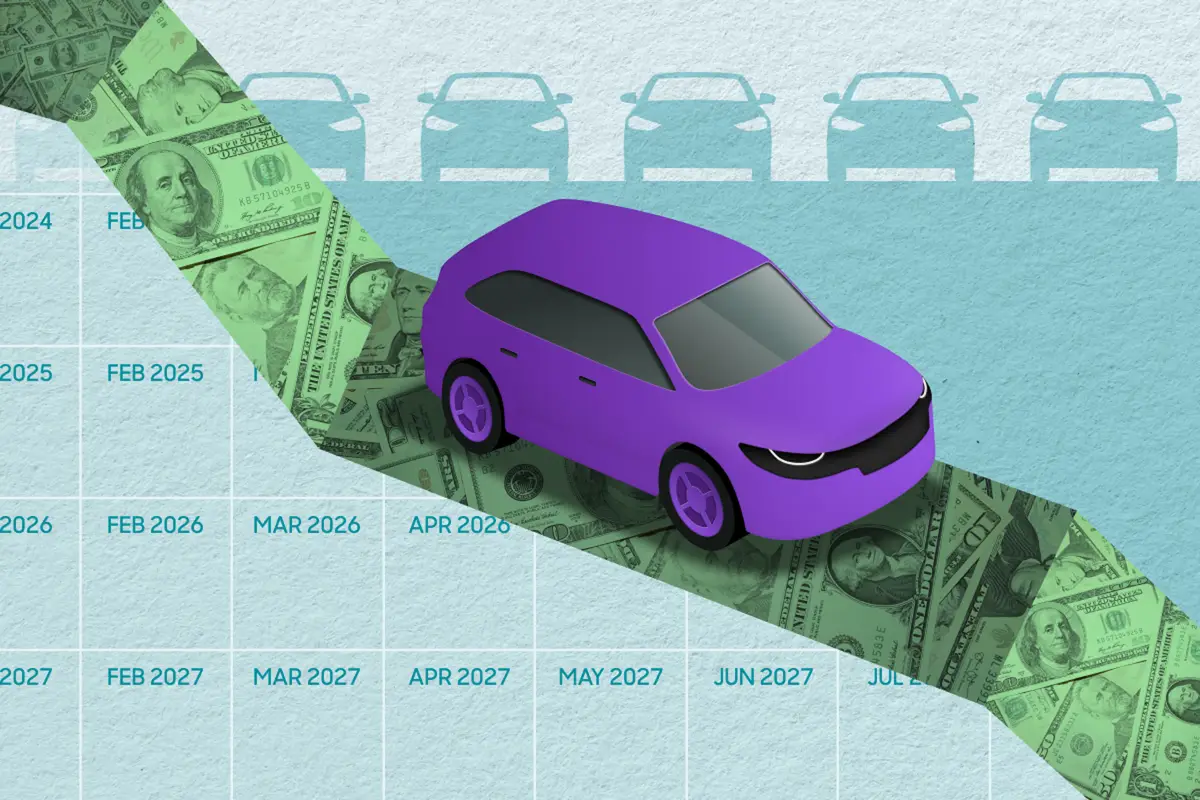
15-Year Car Loans Aren’t a Thing, But Americans Are Getting More Comfortable With Long-Loan Terms
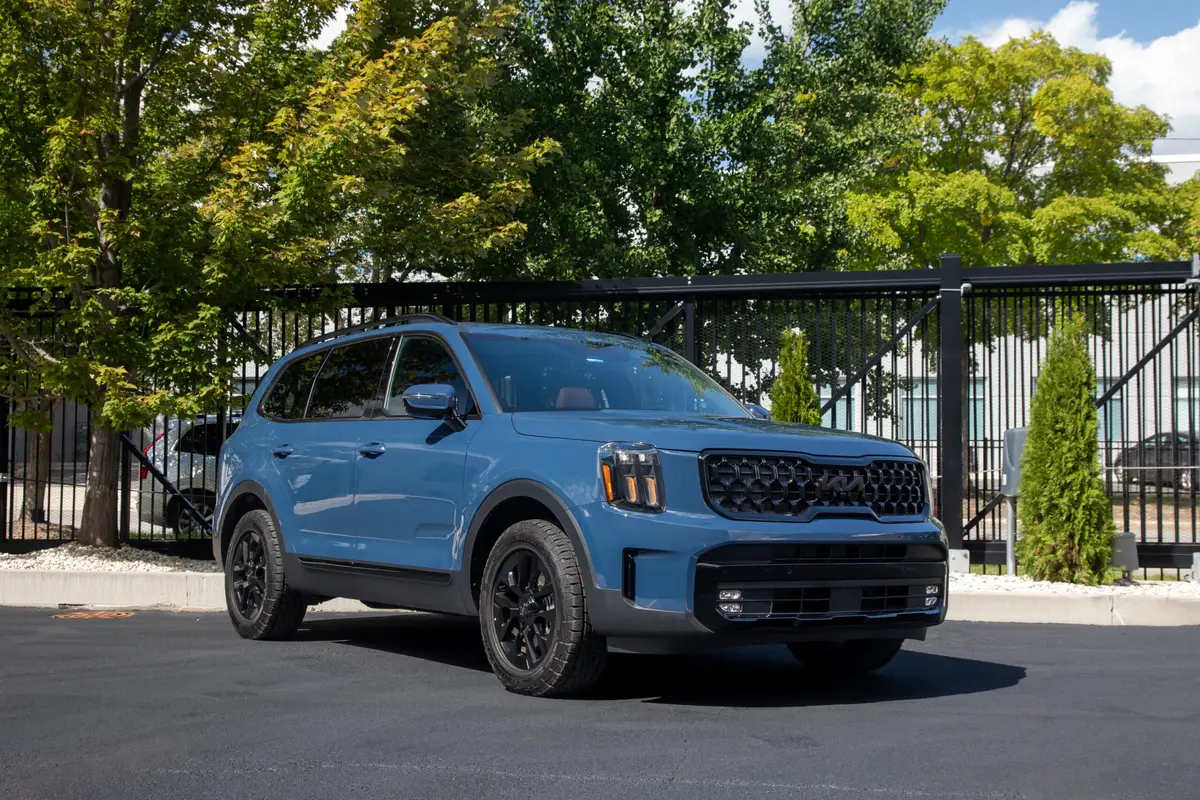
2025 Kia Telluride Review: Rougher Roads Ahead

